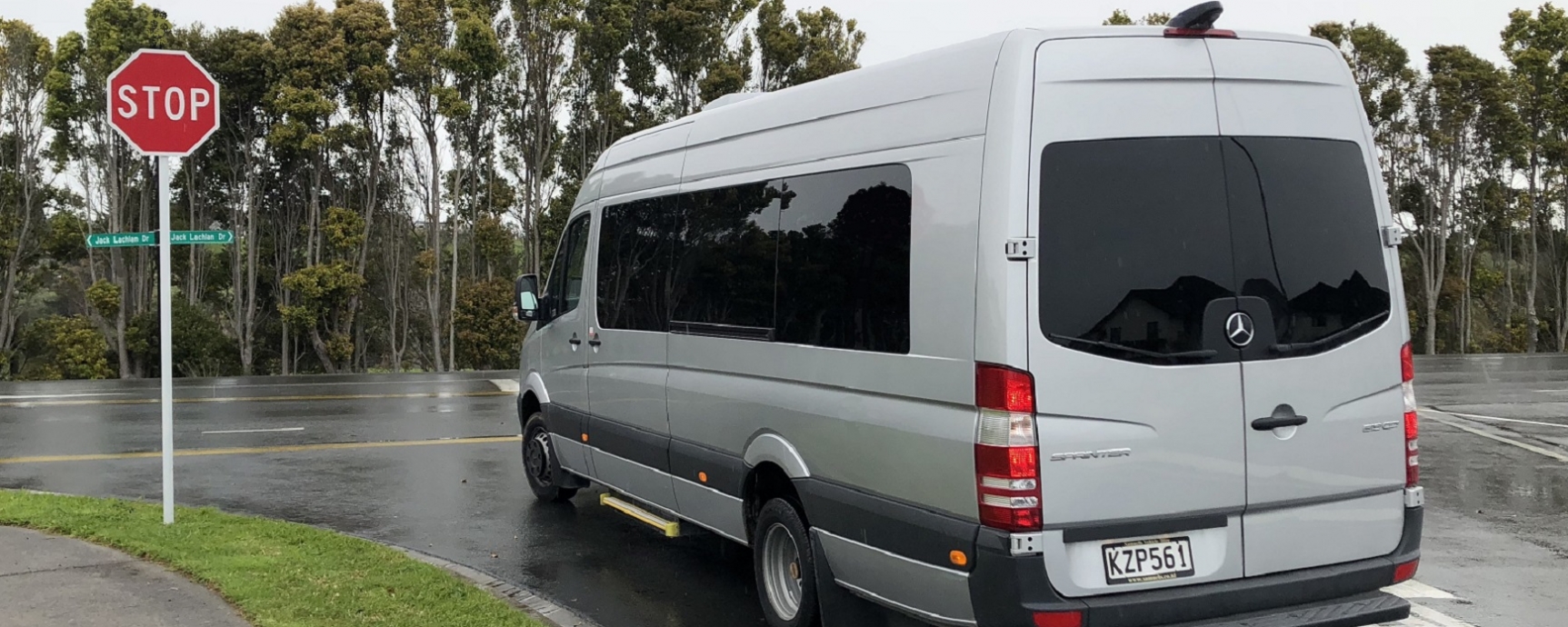New Zealand Road Rules and Safety for Tourists and Travellers
We want you to enjoy your time in New Zealand and stay safe on the roads when renting a Samuel's vehicle. It’s important for you to understand the New Zealand Road Code before setting off to your destination. We advise that all of our overseas customers consult the DriveSafe website so as to ensure their safety and that of others on New Zealand’s roads. To further assist, check out the multi-language brochure What’s Different About Driving in New Zealand, for your reference during your hire.
Drivers licence requirements
- To drive any of Samuels vehicles, the driver/s must hold a full drivers licence. An International Driver’s Permit is required by law in New Zealand if the Licence is not in English
- If the driver is intending to be rewarded or paid for driving, they also need a 'P' Passenger Endorsement and a 'PSL' Passenger Service Licence. Click here for NZ Transport Agency Drivers Licence information.
- A standard driver's licence is sufficient to drive our 7, 8, 12, 16, 17 and 20 seat people mover, minibus and small coach rental vehicles
- Visitors who have a current overseas drivers licence or an international driving permit can drive in New Zealand for a maximum of 12 months
Driving in New Zealand
- In New Zealand we drive on the left-hand side of the road
- The speed limits are in kilometres per hour (kph) and are usually 50 kph (30 mph) in towns and cities and 100 kph (61 mph) on the open road unless otherwise specified
- Drivers and passengers must wear seat belts
- Generally our road rules are very similar to international driving rules but please note that you are not permitted to turn left at an intersection when the lights are red
- As of June 2022 fuel is approximately $3.15 per litre of petrol and $2.85 for diesel
New Zealand road signs
Compulsory signs
- Tell you what you must or must not do
- They are usually red or blue and some have red borders
Warning signs
- Alert you to specific hazards on the road ahead
- They warn you to be careful for your own safety, the safety of other road users, or the safety of road workers carrying out maintenance
- There are two types of warning signs:
- Those that warn you of a permanent hazard (YELLOW and BLACK)
- Those that warn you of a temporary hazard (ORANGE and BLACK)
- Both types of sign are usually diamond shaped
Information signs
- Provide useful information, for example, the distance to the next town
- They are all rectangular, but come in a range of different colours and sizes
- You can read more about signs and road rules on the New Zealand Transport Agency website

